A retroverted uterus is a uterus that is positioned with its fundus (uppermost aspect) pointing towards the rectum, instead of the more common anteverted position where the fundus points towards the urinary bladder. This anatomical variation is present in around 20-30% of women and usually causes no problems. However, in some cases, it can lead to difficulties during pregnancy and childbirth. This condition is also known as a tipped uterus, backward uterus, or retroflexed uterus.
The symptoms of having a retroverted uterus can vary depending on the severity of the condition. Some women with a retroverted uterus may not experience any symptoms at all, while others may have pain during intercourse, menstrual cramps, or difficulty becoming pregnant.
The vast majority of women have a retroverted uterus and it generally does not cause any problems. However, in some cases, it can lead to difficulty becoming pregnant or increased risk of miscarriage. Retroverted uteruses are also more prone to certain types of infection.
There are several reasons why a woman may have a retroverted uterus. It may be due to the way the uterus develops in the fetus, or it may be the result of scar tissue from pelvic surgery or endometriosis.
[Stock Photo]
Complications Associated with Retroverted Uterus
While most women with a retroverted uterus do not experience any problems, there are some potential risks and complications associated with this condition. These include:
Difficulty becoming pregnant: A retroverted uterus can make it more difficult for sperm to reach the egg, making conception more challenging.
Increased risk of miscarriage: A retroverted uterus is more likely to expel a fertilized egg during early pregnancy, leading to an increased risk of miscarriage.
Certain types of infection: Retroverted uteruses are more prone to bacterial infections of the cervix and vagina, as well as pelvic inflammatory disease.
Other complications associated with a retroverted include preterm labor, and difficulty in accessing the cervix during a vaginal examination. In some cases, the position of the uterus can also cause constipation. Moreover, during childbirth, a retroverted uterus can sometimes make it more difficult for the baby to descend into the pelvis. This can lead to a longer labor and an increased risk of instrument-assisted delivery or cesarean section.
Disambiguation and Related Terms
Disambiguation: Retroverted Uterus should not be confused with uterine retrodisplacement, which is a condition where the entire uterus is displaced backwards into the pelvis (instead of just the apex/fundus).
Associated terms: Anteverted Uterus, Fundal Uterus, Uterine Displacement
This image shows how often the term ‘Retroverted Uterus’ is used in relation to other, similar birth terms:

Do you know a man who wants to learn more about birth? Send him our way! Also, men and women are welcome to join our free public community of Dads helping Dads be better at birth.

